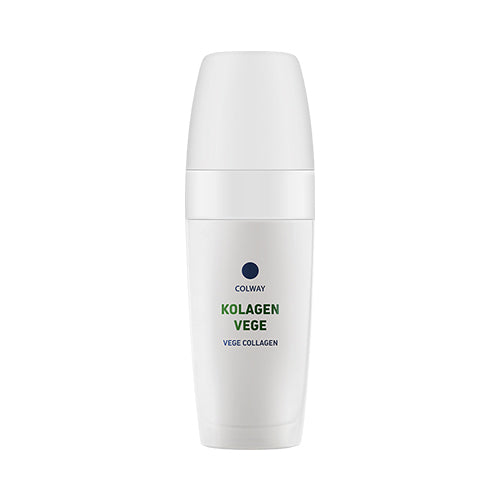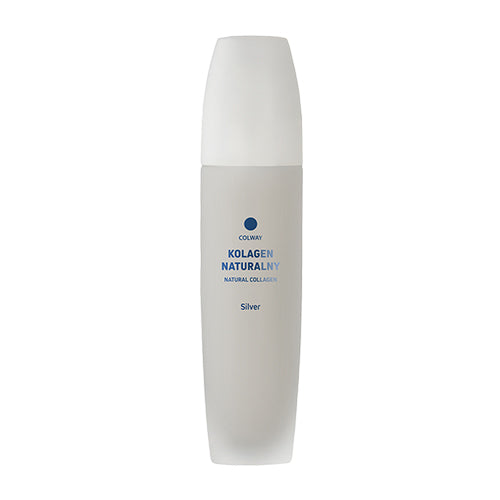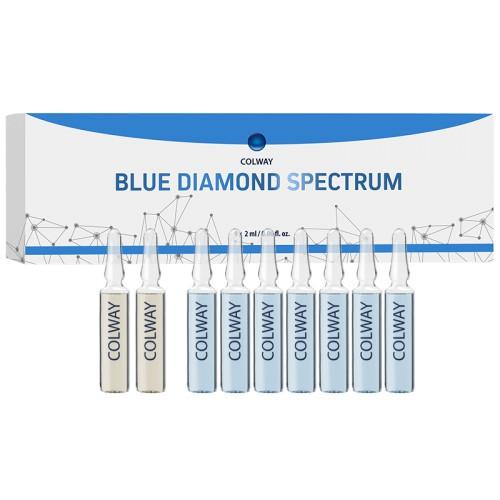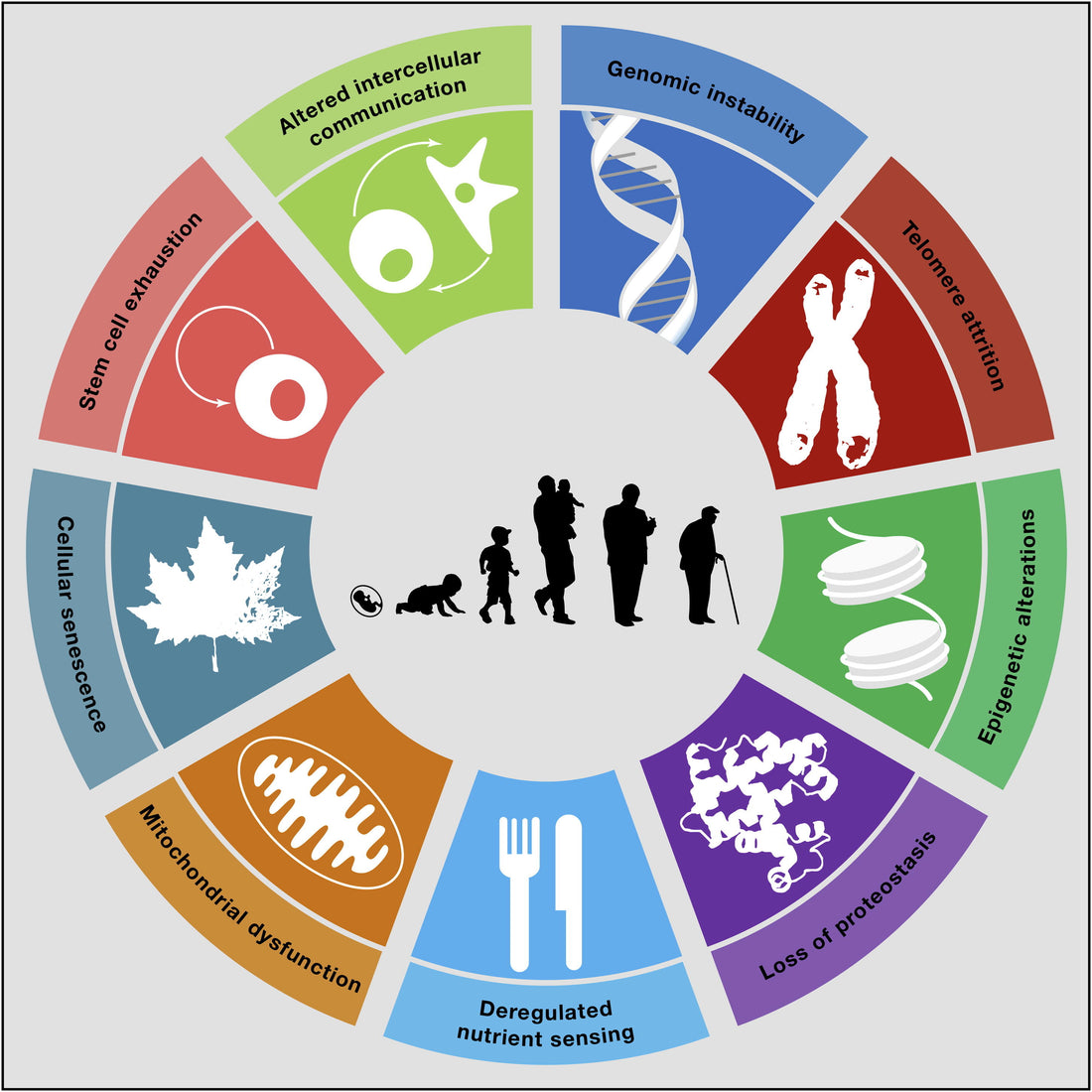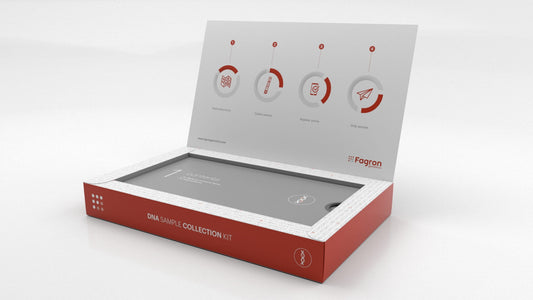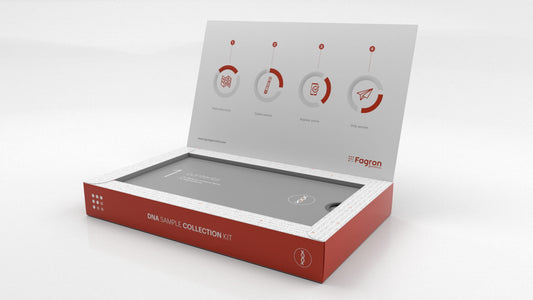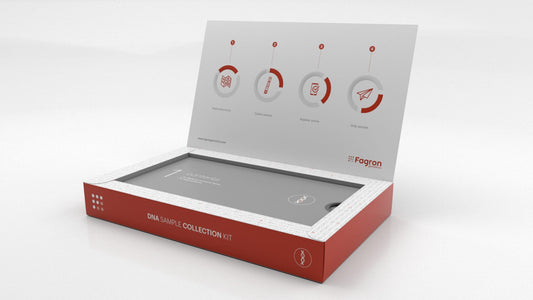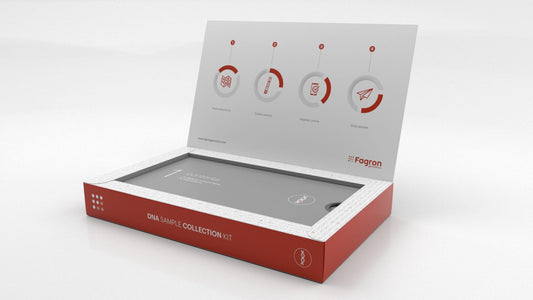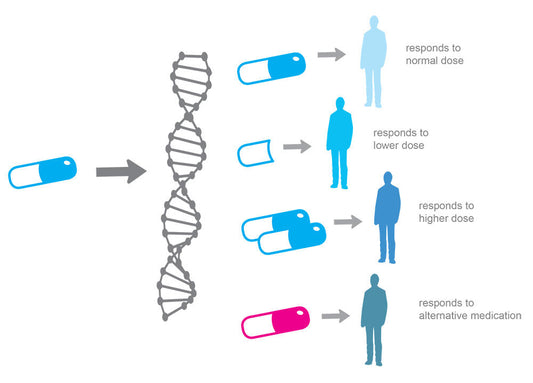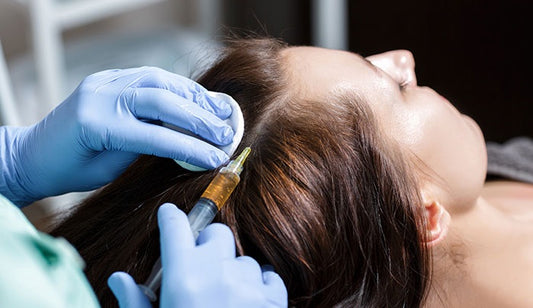Top Biomarkers for Aging: From Telomere Length to Metabolomics
The concept of a singular "best" biomarker for determining the rate of aging is complex and still a subject of active research. However, several promising biomarkers have been proposed and studied over the years. Here are a few:
-
Telomere Length: Telomeres are the protective end-caps of chromosomes that shorten with each cell division. Once they reach a critically short length, the cell becomes senescent or dies. Telomere length has often been associated with aging, though it's worth noting that the relationship isn't entirely linear or simple.
-
Epigenetic Clocks: These are based on DNA methylation patterns. DNA methylation is a type of epigenetic modification, and specific patterns of methylation have been associated with age. The "Horvath Clock", developed by Steve Horvath, is a well-known example that predicts human age with a high degree of accuracy using DNA methylation patterns. Another example is the "Hannum Clock".
-
Proteomic Signatures: Changes in protein expression levels can also be indicative of aging. With advances in proteomics (the large-scale study of proteins), researchers have identified specific protein profiles that change with age.
-
Metabolomics Profiles: Metabolomics refers to the study of metabolites, the small molecules produced and used during metabolic reactions. Certain changes in the concentrations of these metabolites can be associated with aging.
-
Senescent Cell Burden: Senescent cells are cells that have lost their ability to divide but remain metabolically active. These cells can accumulate with age and release inflammatory factors that may contribute to aging. Measuring the burden or number of these cells could provide insights into biological age.
-
Mitochondrial Function: Mitochondria are the energy-producing organelles in cells. With age, their function can decline, leading to a decrease in the production of ATP (the primary energy molecule of cells) and an increase in the production of reactive oxygen species, which can damage cells.
It's essential to recognize that aging is a multifaceted process and is likely influenced by a combination of factors. While certain biomarkers might be useful for certain populations or under specific conditions, there may not be a single "best" biomarker applicable universally.
In practice, a combination of multiple biomarkers may offer the most accurate insights into the aging process for an individual. Research in this area is ongoing, and as our understanding deepens, we might see the emergence of new biomarkers or methods that better capture the complexities of aging.


